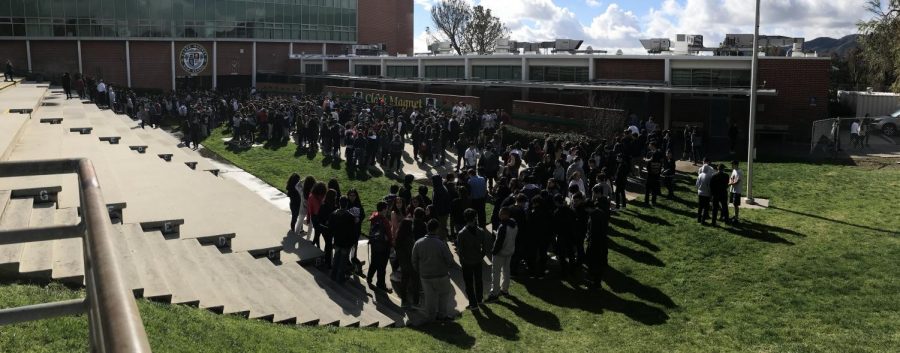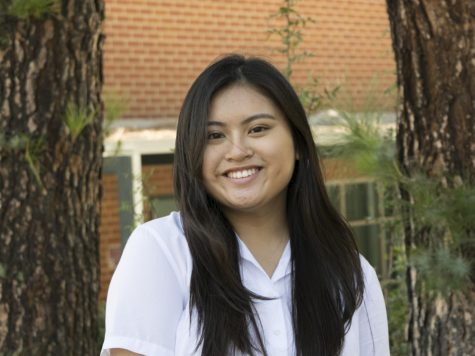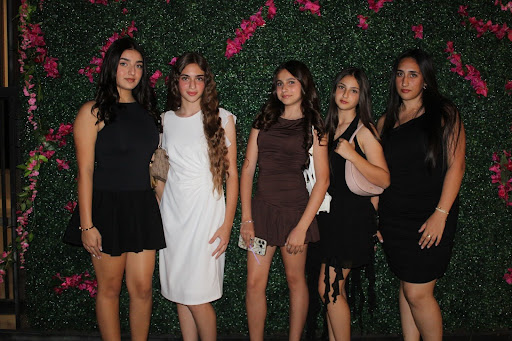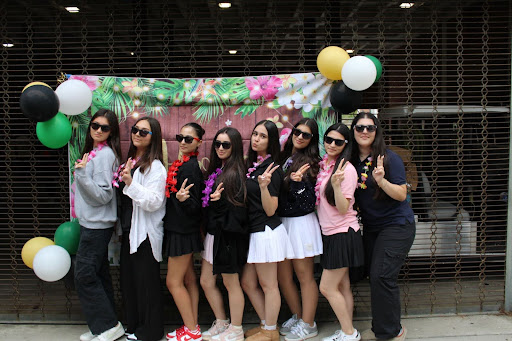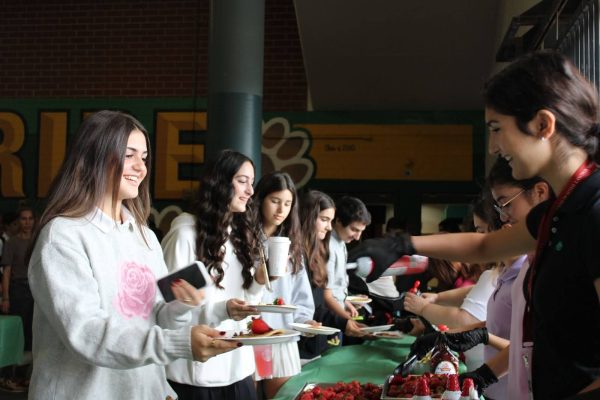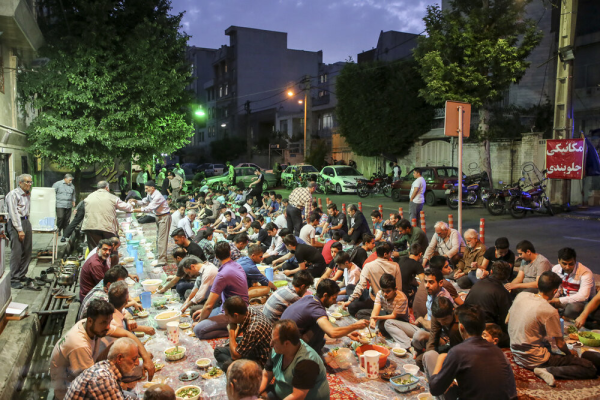Enough is enough: taking a stand for gun control
17 minutes for 17 lives
Students pour out of the halls to participate in the nationwide protest.
On Feb. 14, the students of Marjory Stoneman Douglas High School, located in Parkland, FL, ran for their lives as the nation’s largest school shooting took place. One month later, on March 14, they walked out of class to bring attention to the lack of gun control in our country — and so did I. As the clock struck 10 a.m., I stood out of my seat and left AP Psychology to participate in the National School Walkout. Half the school poured out of the halls to support the cause.
The walkout on March 14 at 10 a.m. across every time zone was organized by Women’s March Youth EMPOWER. Students from Los Angeles to New York City stood in silence with a handful presenting speeches for 17 minutes to commemorate the 17 lives lost. The intention was to accentuate the need to change the laws that allow tragedies like the Parkland shooting to happen.
Students from all the Glendale Unified high school campuses were allowed to participate, with some rules, of course. A flier from the Glendale Teachers Association was handed out to all teachers stating the do’s and don’ts for the walkout. Some of the do’s included to allow the students to leave class from 10 a.m. to 10:30 a.m. if they chose to participate in the walkout; plan lessons to ensure that students participating would not miss crucial material, exams and assignments; and ensure students are treated with respect no matter what their decision was.
Here at Clark, the “safe space,” or meeting area, was at the bottom of the amphitheater, meaning that if students wanted to be a part of this event, that’s where they would meet. Several staff members were present to ensure students’ safety. They were not there to direct the walkout, as they couldn’t really tell students what we could and couldn’t do within the 30 minute time frame, according to U.S. History teacher Eric Kursinski.
The amphitheater was not silent, however, with some of the students surrounding me were acting as if they were just there to ditch class. “I was bored in class and I didn’t want to stay in class. If I did, I would’ve fell asleep,” said senior Courage Kim. “I think no matter what we do, it’s still going to happen.”
After the students filled up the bottom of the amphitheater, senior Jake Goff stood upon the steps and gave his own speech on using the power of our voices. “It felt like everybody had something to say, but nobody was saying anything. So I decided I wanted to make our intentions and motivations verbally tangible,” Goff said. “I think it’s our opportunity to make real change and have a voice. Throughout history young people have had a significant role in legislative progression, and this was another instance of that. We see the problem. We know what causes the problem. And we will overcome the problem.”
Many students were upset that the walkout was being held in the amphitheater. However, that didn’t stop some students from stepping off of campus. Because the event was called a walkout, they believed that they should be able to literally walk out of the school itself. “There were only four students, including me, at the outdoor front of the school. We were told that the bottom of the amphitheater is the safe space for students, but we stood our ground,” said senior Ani Mkrtchyan. “We are protesting gun violence. We are standing in solidarity, us four, in honor of the 17 innocent lives that were unfairly taken one month ago. We accept any consequences for walking out of the school. We were exercising our First Amendment rights and our civil duty as American citizens.” None of the students was punished, according to the administration.
Gun control has been a controversial topic for many years. According to posts made and shared by a handful Clark students on social media, many feel less and less safe at school, which shouldn’t be the case. As of March 22, there have been 17 school shootings where someone was hurt or killed just in 2018 according to CNN. This number is based on these parameters: at least one victim was injured or killed, the shooter or victim was either a student or teacher, and the incident happened on school property or during school hours.
On our campus, many steps have been taken to prevent an event like this from happening. “This is a complex issue,” said Assistant Principal Brian Landisi. “Anytime people are engaged and having conversations, they can help. We have done so many things before [the Parkland shooting] ever happened. Since then, safety and security has been a priority. We updated the staff, have a school safety committee, attend training, and even added another security guard.”
Teenagers have taken a stance on the topic on social media, curating posts they hope will push Congress to make some changes to gun laws. According to Huffington Post, students have become the the strongest voice for gun control. Many people believe that because of Congress’ inaction, school shootings are able to happen. “Teenagers in this country are also citizens of this country, just like the adults. And as citizens, teenagers have civil duty and are protected by their First Amendment rights,” Mkrtchyan said. “Of course teenagers should have a voice in politics. If they can’t have a voice, then there’s no point in the First Amendment.” Maryland student Matthew Post, spoke outside of the U.S. Capitol during the time of the walkout. “We refuse to learn in fear. We reject turning our school into prisons. We will accept nothing less than comprehensive gun control, and if it’s what it takes, then we will shame our policy makers into protecting us,” Post said. “Their right to own an assault rifle does not outweigh our right to live. The adults have failed us. This is in our hands now, and if any elected official gets in our way, we will vote them out.”
This walkout was the first action of a few, followed by the March For Our Lives in March 25, and another walkout on April 20, to mark the 19th anniversary of the Columbine shooting.



